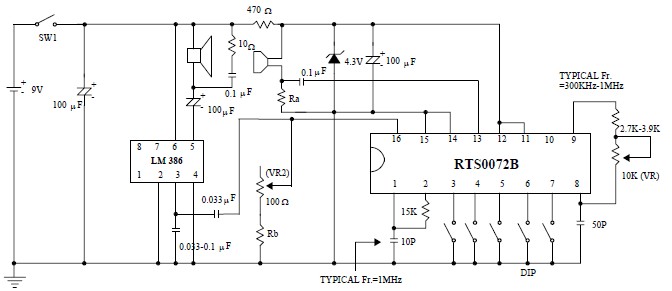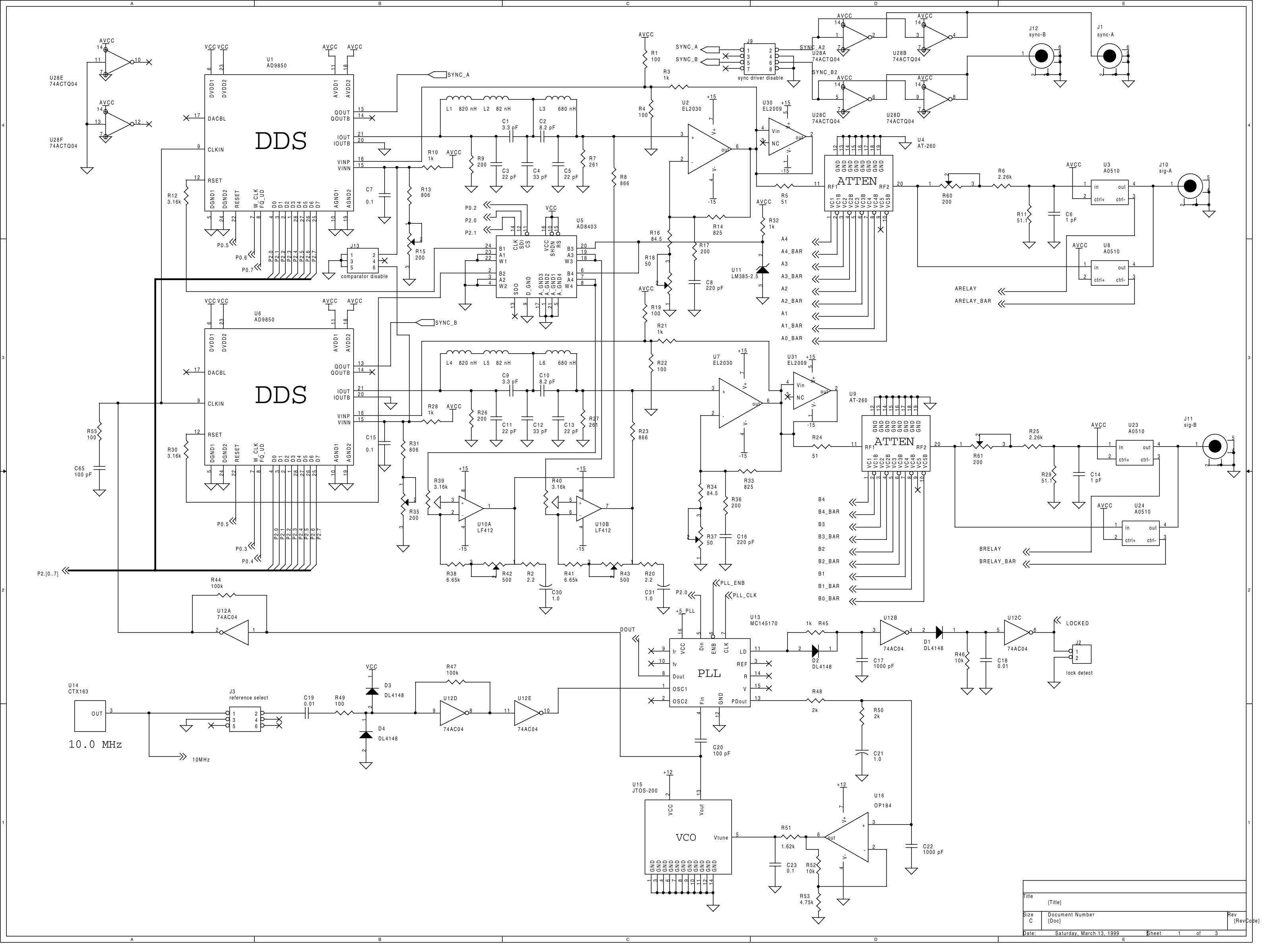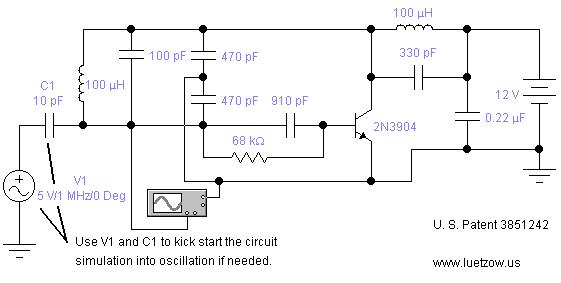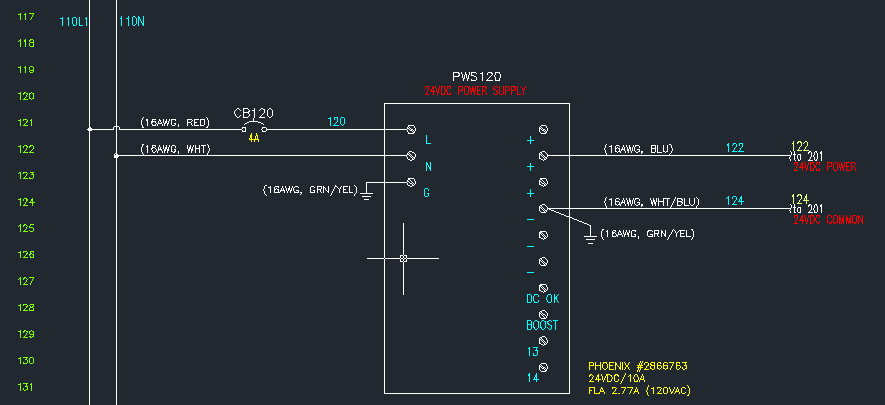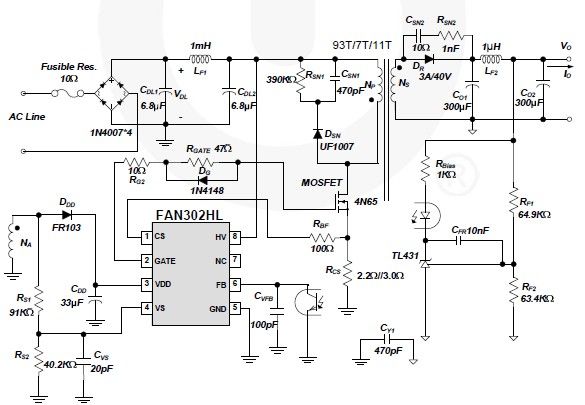
Electronic Drum Synthesizer
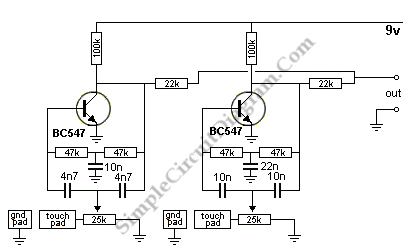
The circuit consists of two twin-T oscillators configured to operate just below the oscillation threshold. To initiate oscillation, the circuit can be activated by touching the Touch Pad.
The circuit utilizes twin-T oscillator configurations, which are known for their ability to generate sine wave signals. Each oscillator consists of resistors and capacitors arranged in a specific manner to create a band-pass filter characteristic. In this design, the oscillators are intentionally set below the oscillation condition, meaning they require an external stimulus to start oscillating.
The Touch Pad serves as a user interface element that provides the necessary feedback to the circuit. When pressure is applied to the Touch Pad, it introduces a perturbation that allows the oscillators to reach their oscillation point. The capacitive nature of the Touch Pad may also contribute to the circuit's sensitivity, enabling it to detect even slight touches.
The circuit's design may include additional components such as operational amplifiers to amplify the output signal, ensuring that the generated waveform is strong enough for further processing or output. The output can be connected to various devices, such as speakers or additional circuitry, depending on the application.
In summary, this circuit exemplifies a simple yet effective method of generating oscillations using twin-T oscillators, with the Touch Pad providing a tactile means to initiate the oscillation process. The design is versatile and can be adapted for various applications in audio synthesis, signal processing, or educational demonstrations of oscillation principles.The circuit below consists of two `twin-T` oscillators set to a point below oscillation. To set the circuit into oscillation, we can touch the Touch Pad. Here . 🔗 External reference
The circuit utilizes twin-T oscillator configurations, which are known for their ability to generate sine wave signals. Each oscillator consists of resistors and capacitors arranged in a specific manner to create a band-pass filter characteristic. In this design, the oscillators are intentionally set below the oscillation condition, meaning they require an external stimulus to start oscillating.
The Touch Pad serves as a user interface element that provides the necessary feedback to the circuit. When pressure is applied to the Touch Pad, it introduces a perturbation that allows the oscillators to reach their oscillation point. The capacitive nature of the Touch Pad may also contribute to the circuit's sensitivity, enabling it to detect even slight touches.
The circuit's design may include additional components such as operational amplifiers to amplify the output signal, ensuring that the generated waveform is strong enough for further processing or output. The output can be connected to various devices, such as speakers or additional circuitry, depending on the application.
In summary, this circuit exemplifies a simple yet effective method of generating oscillations using twin-T oscillators, with the Touch Pad providing a tactile means to initiate the oscillation process. The design is versatile and can be adapted for various applications in audio synthesis, signal processing, or educational demonstrations of oscillation principles.The circuit below consists of two `twin-T` oscillators set to a point below oscillation. To set the circuit into oscillation, we can touch the Touch Pad. Here . 🔗 External reference
Warning: include(partials/cookie-banner.php): Failed to open stream: Permission denied in /var/www/html/nextgr/view-circuit.php on line 713
Warning: include(): Failed opening 'partials/cookie-banner.php' for inclusion (include_path='.:/usr/share/php') in /var/www/html/nextgr/view-circuit.php on line 713
